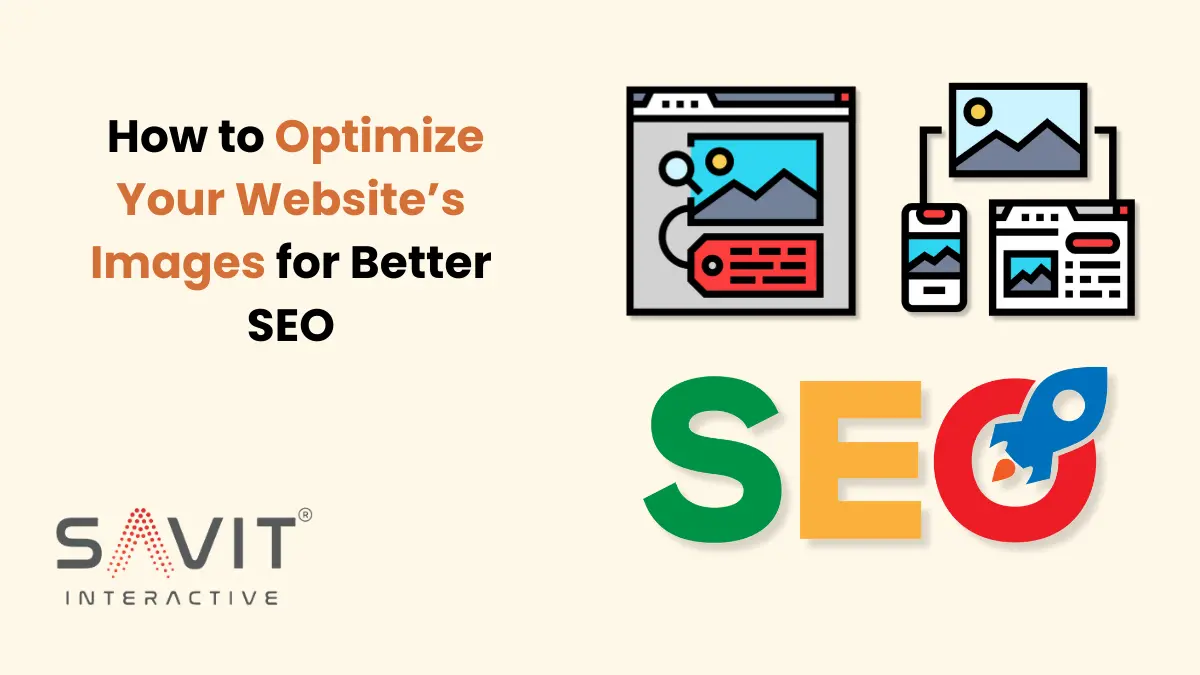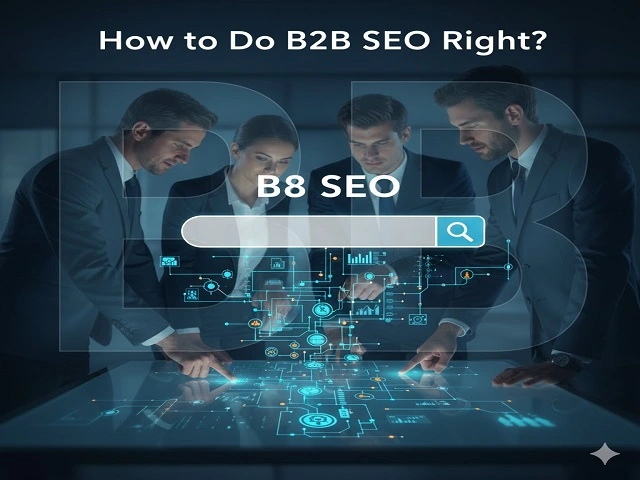Although keyword research and content creation are frequently given more attention in SEO, optimizing website images can also have a big impact on user experience and search engine ranking. A website’s visual components are more than just decoration; they have a significant impact on user engagement, page load speeds, and the accessibility of the entire site.
To achieve optimal website performance, proper image optimization is essential. It guarantees that images are delivered in sizes and formats that strike a balance between efficiency and quality, increasing load times and decreasing bounce rates. Furthermore, because optimized images help search engines comprehend and appropriately index the content, they also contribute to search engine visibility. A variety of tactical and technological approaches are used in this process, such as the choice of file format, compression, and the application of descriptive metadata.
Businesses can improve their online presence, increase traffic, and rank higher in search results by following best practices for image SEO. This guide offers a thorough analysis of practical methods for improving website image quality.
Understanding the Importance of Image Optimization
Images are more than just visual elements on your website; they play a significant role in SEO and user experience. Properly optimized images can enhance your website’s speed, accessibility, and relevance in search engine results.
Impact on Load Time and User Experience
One of the primary reasons to optimize images is to improve page load times. Search engines, particularly Google, prioritize websites that offer a fast and smooth user experience. Large, unoptimized images can slow down your site, leading to higher bounce rates and lower rankings. Compressing and resizing images ensures quicker load times, which is crucial for retaining visitors and reducing bounce rates.
Enhancing Search Engine Visibility
Optimized images contribute to better search engine rankings by making it easier for search engines to understand and index your content. Search engines use image metadata, alt text, and file names to interpret the content of images. By providing clear and descriptive information, you can improve your chances of ranking higher in image searches and drive more traffic to your site.
Effective Strategies for Image Optimization
To maximize the SEO benefits of your images, consider implementing the following strategies:
Choosing the Right File Formats
Selecting the appropriate file format for your images is essential for balancing quality and file size. The three most common formats are JPEG, PNG, and WebP.
- JPEG: Ideal for photographs and images with a lot of colors. It provides a good balance between quality and file size, making it suitable for most product images and visual content.
- PNG: Best for images with transparency or text. PNG files maintain high quality but have larger file sizes. They are ideal for logos, icons, and images that require clear, crisp edges.
- WebP: A newer format that offers superior compression while retaining high quality. It is becoming increasingly popular for optimizing images without sacrificing visual appeal.
Compressing Images for Faster Load Times
Image compression is key to reducing file sizes without compromising quality. Tools like TinyPNG, JPEG-Optimizer, and ImageOptim can help you achieve this balance. Compressing images ensures faster load times, which is critical for both user experience and SEO. Look for tools that allow you to adjust compression levels to find the perfect balance between file size and visual quality.
Using Descriptive and Relevant File Names
Descriptive file names help search engines understand the content of your images. Instead of generic names like “IMG_1234.jpg,” use descriptive names that include relevant keywords. For instance, if you run a local bakery and have images of pastries, a file name like “fresh-blueberry-muffins-bakery.jpg” is more informative and SEO-friendly.
Implementing Alt Text for Accessibility and SEO
Alt text (alternative text) is a description of an image that appears in the HTML code. It serves several purposes: it helps search engines understand the content of the image, improves accessibility for users with visual impairments, and provides context if the image fails to load.
- Crafting Effective Alt Text: Write concise and descriptive alt text that includes relevant keywords. For example, if you have an image of a fitness class at a local gym, the alt text could be “group fitness class at FitLife Gym in downtown.” This approach helps search engines index your images correctly and enhances the user experience for all visitors.
Adding Captions for Context and Engagement
Captions provide additional context for your images and can engage your audience more effectively. While not as critical for SEO as alt text, captions can enhance user interaction and provide more information about the image’s relevance.
- Creating Compelling Captions: Use captions to complement the image and provide valuable information. For example, a caption for a product image might read, “Enjoy our handcrafted leather wallets, designed for style and durability, available now in our online store.”
Technical Aspects of Image SEO
Properly optimizing images involves several technical considerations that impact both performance and SEO.
Making Images Responsive
Responsive images automatically adjust to different screen sizes and resolutions, improving the user experience across devices.
- Implementing Responsive Images: Use HTML attributes like srcset and sizes to serve different image versions based on the device’s screen size. This ensures that users on mobile devices receive appropriately sized images, which can improve load times and maintain visual quality.
Creating and Submitting an Image Sitemap
An image sitemap helps search engines discover and index your images more efficiently.
- Generating an Image Sitemap: Use tools like Google Search Console or XML-sitemaps.com to create an image sitemap. Submitting this sitemap to search engines can enhance the visibility of your images and improve their chances of appearing in search results.
Avoiding Common Image Optimization Mistakes
To ensure your image optimization efforts are effective, avoid these common pitfalls:
Overlooking Mobile Optimization
With increasing mobile internet usage, optimizing images for mobile devices is essential. Google’s mobile-first indexing means that your site’s mobile version is critical for ranking.
Ignoring Image Loading Times
Even slight delays in image loading can negatively impact user experience. Regularly monitor your image loading times and make adjustments as needed to maintain fast performance.
Neglecting Regular Image Audits
Periodic reviews of your images and their optimization status are crucial. Conduct regular audits to identify and fix any issues related to image optimization, ensuring that your images continue to support your SEO goals effectively.
Why Work with an SEO Company
For businesses looking to optimize their images and enhance their SEO performance, partnering with an experienced SEO company can provide substantial benefits.
- Expertise and Experience: SEO companies bring specialized knowledge and experience to the table, helping you implement best practices and stay updated on the latest SEO trends.
- Customized Strategies: An SEO marketing company can tailor strategies to your specific needs, whether you’re focusing on local SEO, e-commerce, or professional services.
- Time and Resource Efficiency: By outsourcing your SEO efforts, you can focus on running your business while experts handle the complexities of image optimization and overall SEO strategy.
Conclusion
Enhancing user experience and SEO can be achieved by optimizing the images on your website. You can dramatically improve your site’s performance and search engine rankings by putting the strategies described in this guide into practice. These tactics include selecting the appropriate file formats, compressing images, using alt text and descriptive file names, and taking care of technical issues like sitemaps and responsiveness.
Hiring professional SEO services can help businesses looking to improve their online presence and stay competitive by helping them achieve great results. Whether you run a small business, oversee an online store, or provide expert services, giving image optimization top priority is an essential decision for increasing your online presence and drawing more customers to your website.
Contact Savit Interactive today and let us start optimizing your website images while you watch its performance improving along the way, driving better results and greater engagement.



